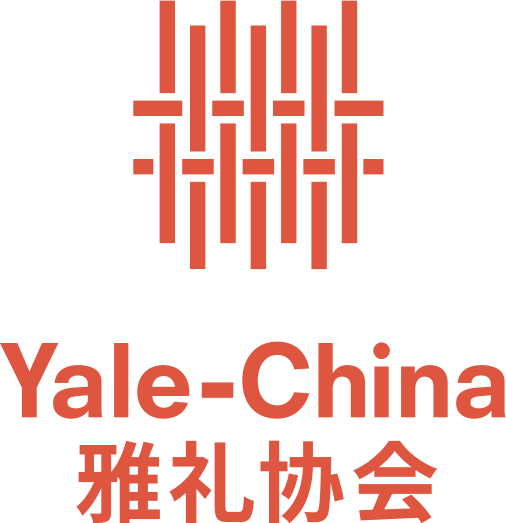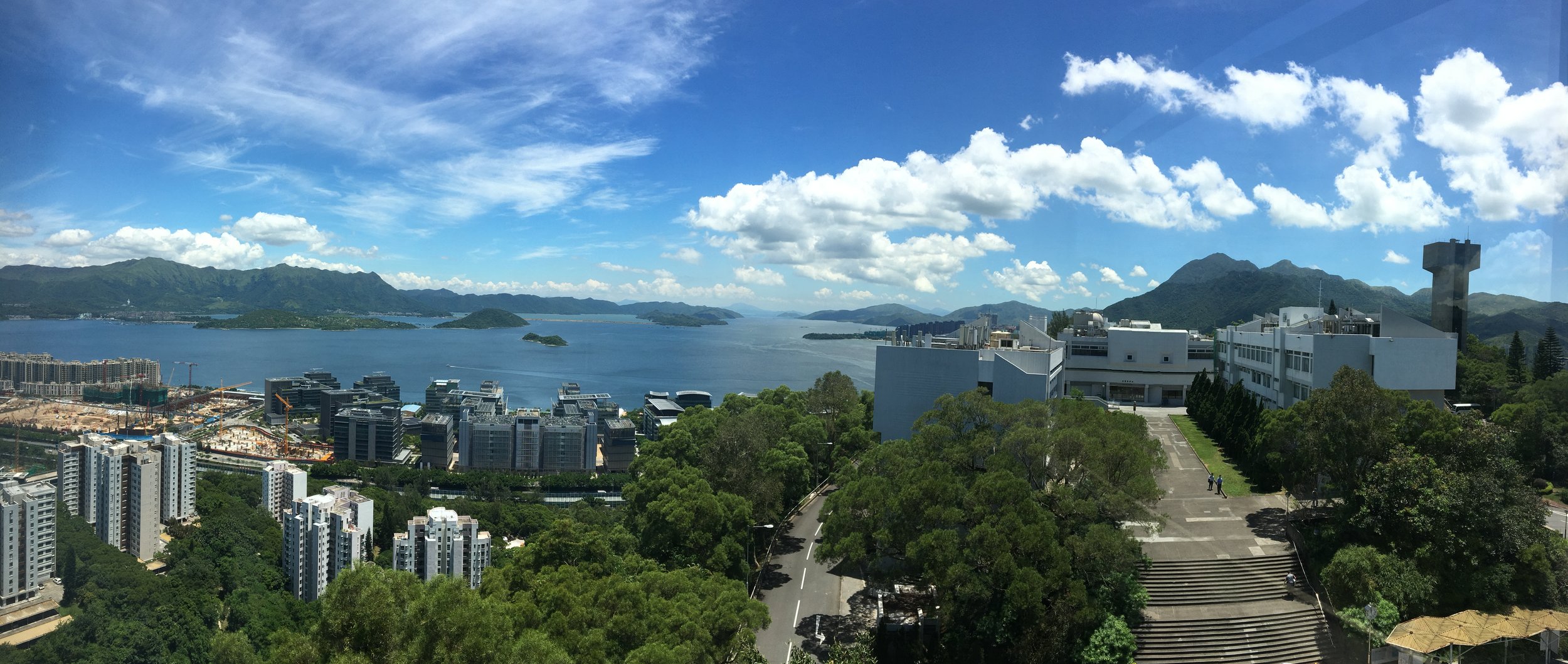Hong Kong
About Yale-China’s Work in Hong Kong
Yale-China’s 65-year relationship with New Asia College at The Chinese University of Hong Kong (CUHK) has remained one of Yale-China’s strongest relationships. Yale-China is registered as a charity in Hong Kong, with its office based on the CUHK campus in Shatin.
Today, Yale-China’s programs in education and the arts deepen the ties between New Haven and Hong Kong through fellowships and exchanges. The education fellowships have Yale graduates and New Asia graduates serving in schools in either direction, and the arts fellowships work toward building a cohort of artists and arts managers who have all shared an arts residency at Yale. For over 25 years, Yale-China and New Asia College have also been running the YUNA undergraduate student exchange, recognized as one of the best experiences in college by participants from both universities.
Hong Kong is also home to one of the most active Yale clubs in the world, with alumni regularly holding lectures, meetings, social gatherings, and service activities.
About the Region
Hong Kong is small, but densely populated. The entire territory contains 403 square miles, but most of its 7 million inhabitants live on only 34 square miles of land. Hong Kong Island and the Kowloon peninsula are highly urbanized, while the New Territories – where The Chinese University of Hong Kong (CUHK) is located – and many outlying islands still have areas that are relatively rural, though they are easily reached by public transport.
In the last fifty years, Hong Kong has changed dramatically. The population has multiplied approximately eightfold, and squatter settlements have given way to public housing estates, satellite communities, and apartment complexes. Hong Kong has one of the highest standards of living in Asia.
Hong Kong’s Western façade, however, can be deceptive. The office towers, luxury hotels, designer stores, and brightly-lit discos in its urban centers closely resemble those in large European and American cities. As a result, the tourist, touching down for a brief visit, can easily form an impression of Hong Kong as a fully Westernized city with Chinese trimmings. This impression could not be further from the truth. Underneath its thin Western veneer, Hong Kong is a Chinese community where Chinese traditions, habits, and forms of social interaction remain—in some instances even more vigorously than they do on the mainland itself.

